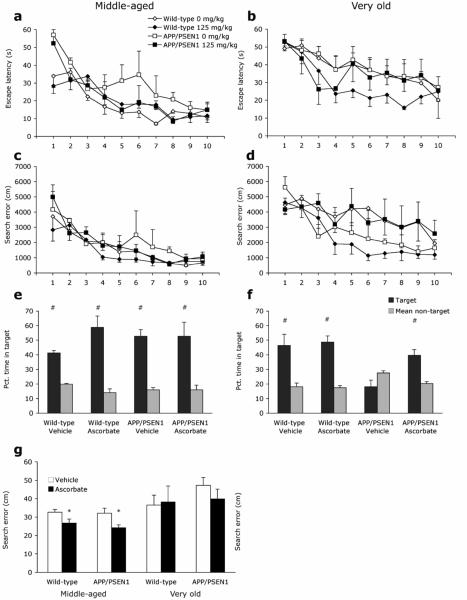Figure 2. Ascorbate improves water maze performance in Middle-aged and Very old APP/PSEN1 and wild-type mice.
Spatial reference memory was tested in the Morris water maze task. (a - d) All mice improved during the 10 days of water maze acquisition as shown by decreasing escape latencies (a & b) and search error (c & d). Both escape latencies and search error were greater in Very old mice compared to Middle-aged mice during water maze acquisition. Ascorbate treatment did not affect water maze acquisition. In the water maze probe trial (e-g) memory was assessed by time spent within target and non-target quadrants (e & f) and search error (g). (e) All Middle-aged mice demonstrated memory for the platform location, spending more time swimming in the platform quadrant than non-platform quadrants. In contrast, (f) spatial memory was impaired in vehicle-treated Very old APP/PSEN1 mice, as indicated by random swimming random during the probe trial. (g) Ascorbate-treated Middle-aged mice had lower search error than vehicle-treated controls, indicating better memory for the platform location. The same pattern was not observed in Very old mice. Ascorbate treatments reversed this impairment in the Very old transgenics. Symbols: Ascorbate-treated vs. vehicle-treated mice * P<0.05. Target vs. non-target swim time # P<.05.

